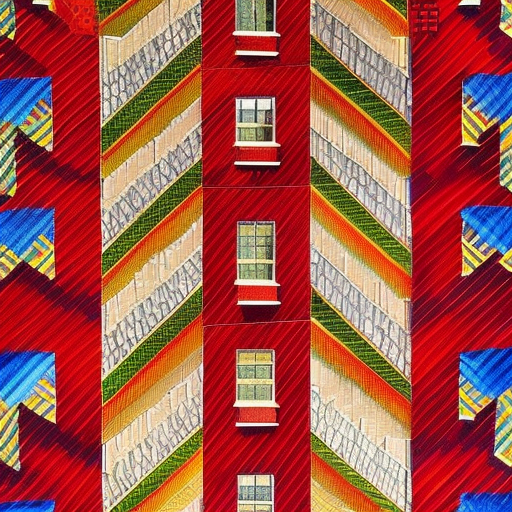Summary: Set design is a crucial aspect of theater, film, and television production that involves creating the physical environment in which the story takes place. It encompasses the design and construction of sets, props, and scenery, as well as the arrangement of these elements on stage or on screen. Set designers work closely with directors, producers, and other members of the production team to bring the vision of the production to life. They use their creative and technical skills to design sets that enhance the storytelling and create a believable world for the audience.
Design Process:
The set design process typically begins with a thorough analysis of the script or story. The set designer reads the script, meets with the director, and discusses their vision for the production. They consider the time period, location, and mood of the story to inform their design choices. Research plays a crucial role in this stage, as set designers gather visual references and inspiration to develop their ideas.
Once the initial concept is established, the set designer creates sketches, models, or digital renderings to present their ideas to the production team. These visual representations help communicate the overall look and feel of the set. Feedback and revisions are common during this stage, as the design evolves and adapts to meet the needs of the production.
Elements of Set Design:
Set design involves several key elements that contribute to the overall design of the set:
1. Scenic Design: This encompasses the physical structures and backdrops that create the setting of the production. It includes walls, floors, doors, windows, and any other architectural elements required by the story.
2. Props: Props are objects used by the actors during the performance. Set designers collaborate with prop masters to ensure that the props are appropriate for the time period and setting of the production.
3. Set Dressing: Set dressing refers to the smaller details that help bring the set to life. It includes furniture, decorations, and other objects that add realism and depth to the environment.
4. Lighting: Lighting design is an integral part of set design, as it helps create mood, focus attention, and enhance the overall atmosphere of the production. Set designers work closely with lighting designers to ensure that the set is properly lit.
5. Special Effects: In some productions, special effects may be required to create specific visual or auditory elements. Set designers collaborate with special effects teams to incorporate these effects seamlessly into the set design.
Collaboration and Execution:
Set designers collaborate closely with other members of the production team, including directors, costume designers, and technical crews. They work together to ensure that all elements of the production work harmoniously and support the overall vision.
Once the design is finalized, the set designer oversees the construction and installation of the set. They work with carpenters, painters, and other craftsmen to bring the design to life. Attention to detail and craftsmanship are crucial during this stage to ensure that the set meets the designer’s vision.
During rehearsals and performances, set designers may make adjustments or modifications to the set as needed. They also work closely with stage managers to ensure that the set is properly maintained and repaired throughout the production run.
In conclusion, set design is a vital aspect of theater, film, and television production that involves creating the physical environment in which the story unfolds. Set designers use their creative and technical skills to design sets that enhance the storytelling and create a believable world for the audience. Through collaboration and meticulous execution, set designers bring the vision of the production to life.












